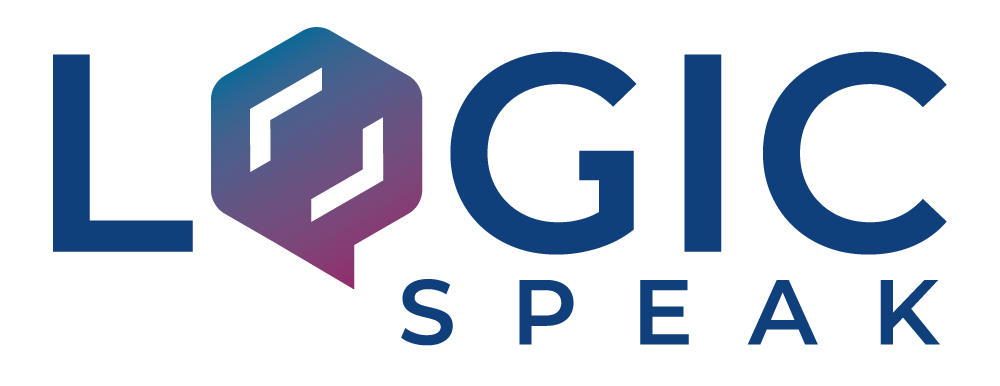In today’s data-driven world, managing information effectively is crucial for organizational success. With data volumes skyrocketing each year, implementing best practices for data hygiene becomes imperative to ensure efficiency, cost-effectiveness, and compliance. Whether you’re handling customer information, operational data, or project files, maintaining clean and organized data not only enhances productivity but also mitigates risks associated with data breaches and regulatory non-compliance. Here are some things to consider when it comes to optimizing your knowledge management system.
Standardization and Consistency
One of the foundational pillars of good data hygiene is standardization. Implementing consistent formats for data entry, naming conventions, and metadata across all systems ensures uniformity and simplifies data retrieval and analysis. By establishing clear guidelines for how data should be structured and labeled, organizations can minimize errors and confusion, facilitating smoother collaboration and decision-making processes.
Documentation and Knowledge Sharing
Creating comprehensive documentation such as user guides and process manuals is essential for promoting best practices within your organization. These resources serve as valuable references for employees, guiding them on how to effectively use data management tools like SharePoint. Documenting procedures not only streamlines onboarding and training but also ensures continuity during personnel changes or system upgrades.
Data Deduplication and Version Control
Regularly auditing and removing duplicate data entries is vital to optimize storage space and maintain data integrity. In systems like SharePoint, where version control is crucial, setting appropriate limits on version history helps prevent unnecessary accumulation of outdated files. By retaining essential versions while discarding redundant ones, organizations can reduce storage costs and improve system performance.
Stay Connected!
Get the latest IT trends and best practices in your inbox.
Selective Syncing and Resource Allocation
To optimize bandwidth usage and enhance system performance, it’s advisable to sync only necessary files and libraries. In SharePoint, where there are limits on the number of files that can be synced, prioritizing critical resources ensures that users have efficient access to relevant information without overwhelming network resources.
User Training and Support
Investing in user training programs is indispensable for maximizing the benefits of data management systems. Educating employees on SharePoint’s functionalities, best practices, and security protocols not only boosts user confidence but also minimizes errors and enhances data security awareness across the organization.
Regular Cleanup and Archiving
Periodically reviewing and archiving or deleting outdated files and data sets is essential for maintaining lean and efficient data repositories. Implementing a “cold storage” strategy for less frequently accessed data can offer a cost-effective solution while ensuring that essential information remains readily available.
Monitoring and Planning for Growth
Continuously monitoring storage capacity and anticipating future data growth are critical for preventing storage overages and system downtime. By proactively planning for scalability and resource allocation, organizations can avoid disruptions and maintain seamless operations as their data needs evolve.
Adopting best practices for data hygiene is not just about maintaining a tidy digital workspace—it’s about optimizing operational efficiency, reducing costs, and safeguarding valuable information assets. At Logic Speak, we are committed to helping you implement these practices effectively and tailor them to meet your specific needs. Whether you’re looking to streamline your SharePoint environment or enhance data management across your organization, we’re here to support you every step of the way.
For more insights into maximizing your SharePoint experience, check out these resources:
SharePoint Tutorial – A comprehensive guide to getting started with SharePoint.
OneDrive versus SharePoint – A clear explanation to help you navigate between these two Microsoft platforms.
